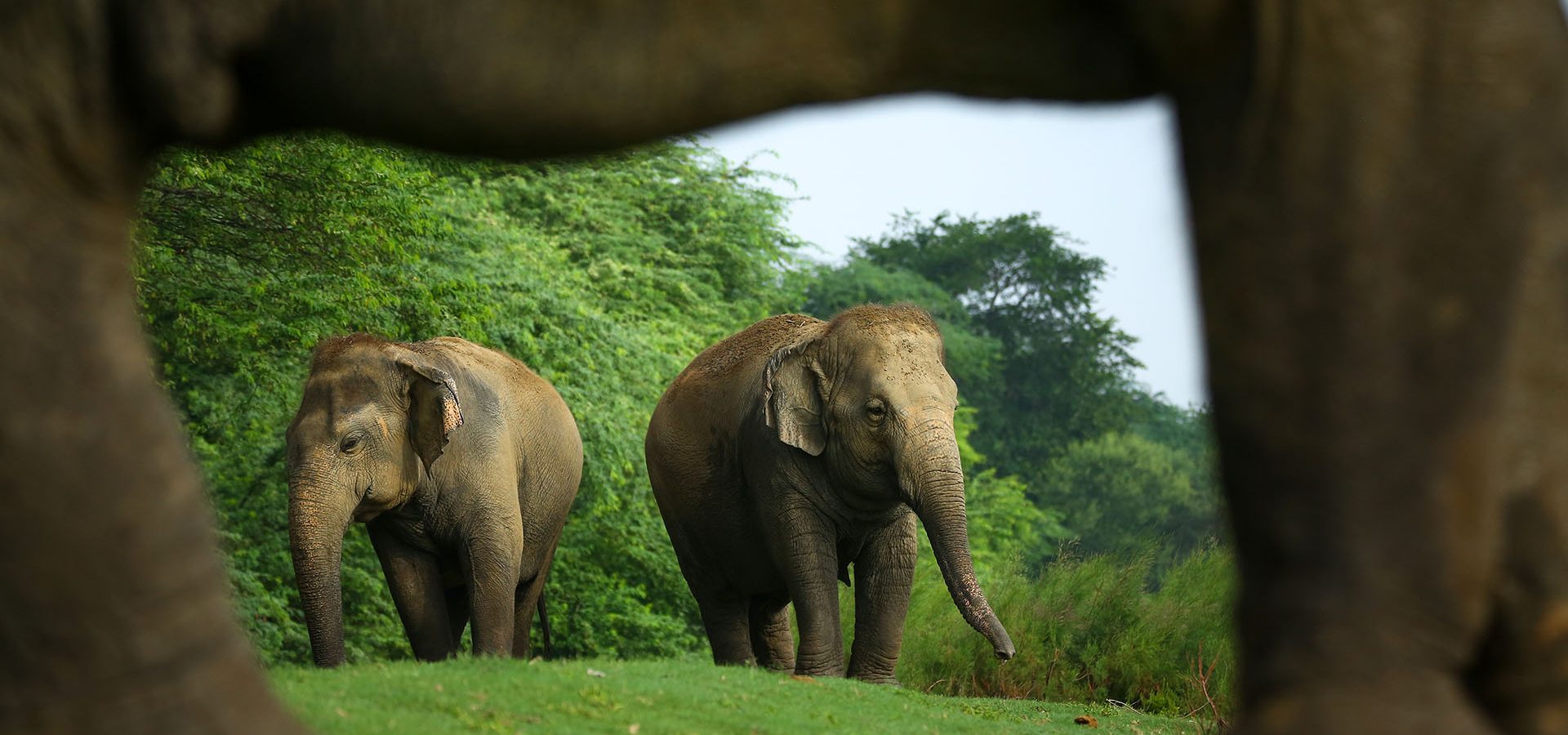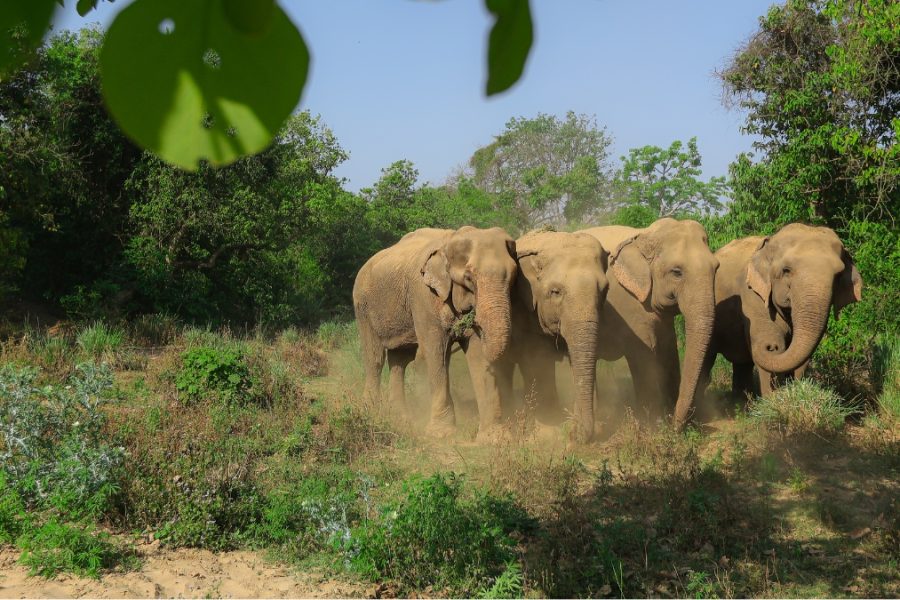This is the story of two different kinds of elephants roaming two separate continents. Today, there are three surviving elephant species — the African Savannah elephant (Loxodonta africana), the African Forest elephant (Loxodonta cyclotis) and the Asian elephant (Elephas maximus). If we trace their origin, the prehistoric ancestors of these modern-day giants emerged on the continent of Africa around 40 million years ago, and were devoid of trunks!
As it stands today, Africa and Asia are the only continents which the elephants call their home. Despite the similarity in their appearance and size to a certain extent, the differences between these two elephants are more than what meets the eye – in terms of physical characteristics, social and individual behaviour, and habitat. Therefore a basic guide on the major distinctions between African and Asian elephants will help us get to know these pachyderms better.
The Asian Family
When it comes to the Asian elephants, the subspecies are further classified into the Indian (Elephas maximus indicus), Sumatran (Elephas maximus sumatrensis) and Sri Lankan (Elephas maximus maximus) elephants. The Asian elephant is the largest living land animal in Asia and is distributed throughout the Indian subcontinent, south and southeast Asia. Asian elephants are easily recognisable by their smaller, rounded ears. They often have a hump on their back, a double-domed head with two humps and a single ‘finger’ at the tip of their trunk for grasping.
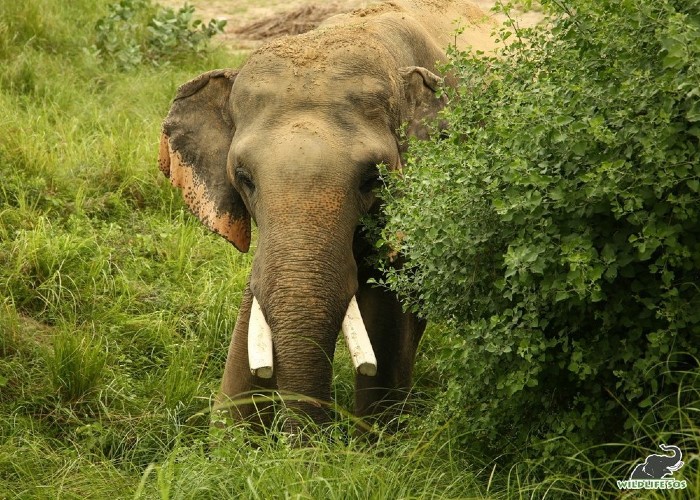
The Asian and the African elephants are genetically diverse, so much so that Woolly mammoths (an extinct species) and dugongs (a marine mammal) are closer to the Asian elephants than the African ones. In terms of distribution, they are found in 13 countries in Asia, spread throughout grasslands, tropical evergreen forests, semi-evergreen forests, moist and dry deciduous forests, floodplains and hilly areas.
Asian elephants are relatively smaller than their African cousins and can reach a maximum height of 10 feet. Female Asian elephants weigh between 2.5-3 tonnes whereas males can reach a maximum of 5 tonnes (5,000 kg). When it comes to diet, a major part of an elephant’s day goes into feeding on large amounts of tree bark, roots, leaves and small stems. But cultivated crops such as bananas, rice and sugarcane are also on their list of preferred foods. That is why elephants are often spotted near farmlands, croplands and rice paddies.
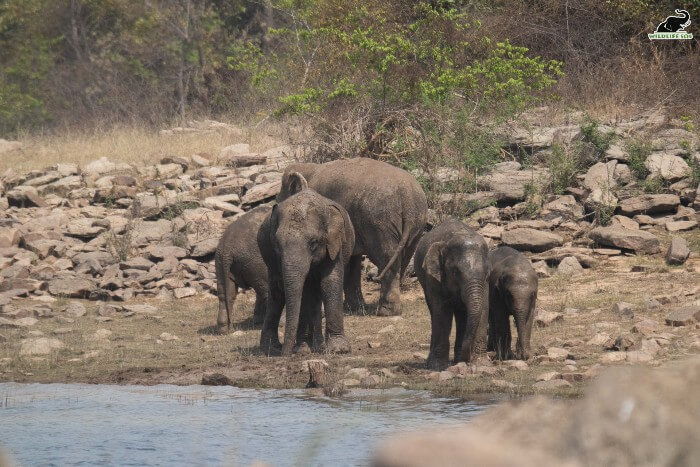
Once upon a time, these elephants were found in over 9 million sq km of Asia, ranging from the Iranian coast in the west to south-east Asia and into China. Now, Asian elephants are extinct in the western parts of Asia and most of China. According to IUCN ( International Union for Conservation of Nature), the Asian elephant population has reduced by at least 50% over the last three generations, bringing them under the ‘Endangered’ category on their Red List of Threatened Species. The current population of wild Asian elephants is said to be 50,000, out of which India harbours close to 50% of them.
The African Cousins
The most distinctive feature of African elephants is their fan-shaped ears which are relatively larger than their Asian counterparts. However, new genetic studies have split the African elephant into two different species, which were previously categorised as subspecies. The African Savanna or Bush elephant is much bigger in size; the males can weigh upto 7 tonnes (7,000 kg) and reach a maximum height of 13 feet at the shoulder. This makes them larger than the Asian as well as the African Forest elephant.
Apart from the large ears which allow them to dispel excess heat, they can also be distinguished by their front legs which are longer than their hindlimbs. When it comes to another distinguishing morphological feature, only a few male Asian elephants have tusks and females sometimes grow tushes (small tusks), whereas, both male and female African elephants can grow tusks. Among African elephants, even the tusks differ physically. Savanna elephants have bigger tusks which are pointed in an outward curve. The smaller tusks of the Forest elephant on the other hand are straighter, pointing downward.
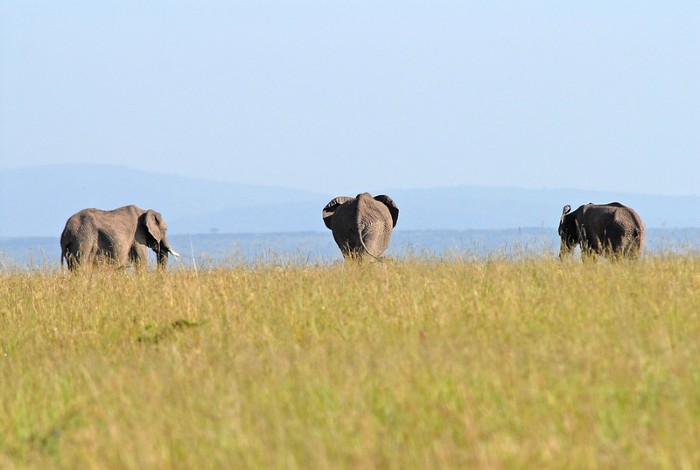
The Savanna elephant is found throughout sub-Saharan Africa and is spread across 23 countries including Botswana, Tanzania, Kenya and South Africa, to name a few. As their name suggests, the primary habitats of the African Bush elephants range from open to wooded savannas (tropical grasslands) and even some deserts and patchy forests. The Forest elephant is only found in the dense tropical rainforests of west and central Africa, and countries like Gabon, the Republic of Congo, Côte d’Ivoire, Liberia and Ghana.
Apart from their distribution and range, studies have noted minor differences in their social setup of Forest and Savannah elephants: the family unit of the former has 20 individuals and that of the latter has 10 members. According to the World Wildlife Fund, “Forest elephants have a much slower reproductive rate than Savanna elephants, so they cannot bounce back from population declines as quickly at the same rate.”
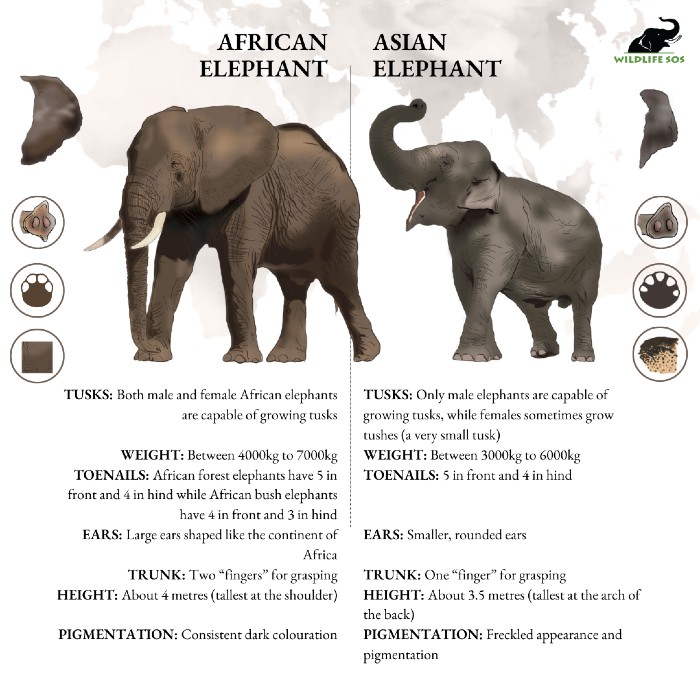
This is one of the reasons why the African Forest elephant falls into the ‘Critically Endangered’ category and the African Savanna elephant into the ‘Endangered’ category on the IUCN Red List. Several man-made factors have made the lives of African elephants difficult, and their population has crashed from 1.3 million in the late 80s, to less than 4,00,000 currently.
Threats to the Pachyderms
The Asian and the African elephants are undoubtedly different but they certainly share some common threats. Ivory trade, poaching and human-elephant conflict occupy the top spots on the list of hazards to elephants all around the globe. Ivory poaching has impacted African elephants more severely than Asian elephants and is the major cause of their population decline across Africa, followed by human-elephant conflict.
In countries like India, human-elephant conflict poses a bigger threat to Asian elephants. However, poaching and the resultant captivity of elephants is also a tremendous threat to the wild elephants in India. Elephants are poached as calves from the wild and separated from their mother, only to be cruelly tortured. This is done so that they can be trained and used in activities such as begging, entertainment, tourism or religious purposes. Their spirits are broken through years of brutal training practices that suppress their natural behaviour.
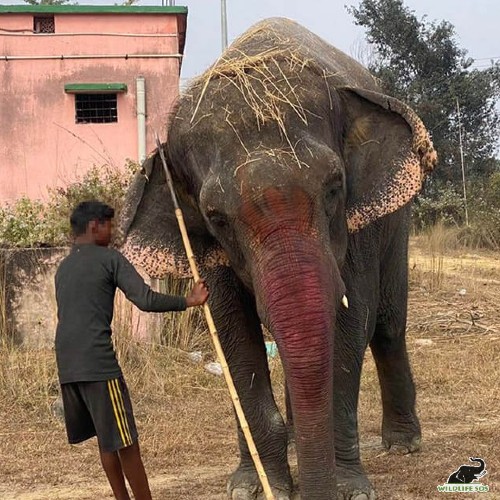
The experience of riding on an elephant’s back or seeing them perform unnatural tricks in circuses comes at a huge cost, which is paid by the elephants by sacrificing their freedom. Even today, elephants can be seen in northern and central India giving rides to native and foreign tourists on their backs.
Forcing an elephant to carry tourists or walk in a wedding procession on noisy streets requires extensive training and copious amounts of negative reinforcement. Not just in India, southeast Asian countries such as Thailand, Vietnam, Indonesia and Myanmar continue to keep elephants in captivity and exploit them for the cruel tourism and entertainment industries.
To prevent the above from happening, it is essential to assert that cruelty to elephants is non-negotiable. Wildlife SOS has been working tirelessly for over 20 years to rescue and rehabilitate old, lame and abused elephants in captivity. Education and awareness play a massive role in bringing these practices to an end. You too have the opportunity to lend your support by signing our Refuse to Ride petition, and sharing it to uncover the plight of captive elephants.

